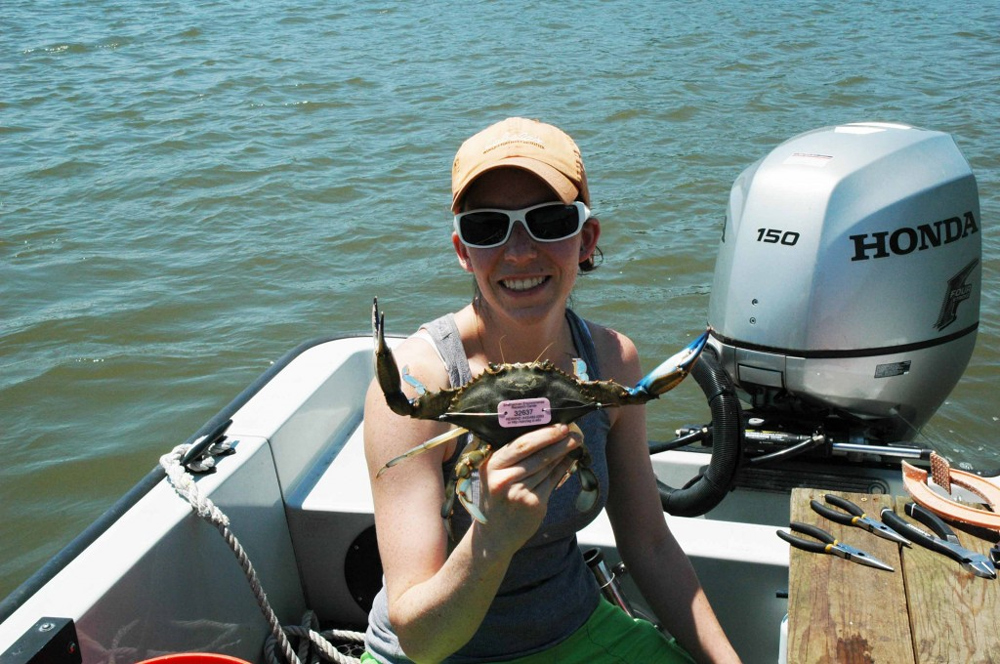Maryland blue crabs are thought to live out their lives mostly in and around the Chesapeake Bay, especially males, which don’t normally migrate beyond the Bay’s confines. Sure, an occasional specimen pops up in Virginia or maybe even North Carolina waters. But, Florida? That’s unheard-of – or, at least it was until a few weeks ago when crabber Thomas Cochran dumped one of his traps on the culling boards and discovered a tagged crab.

The crab wasn’t just over the Florida border, either. Cochran works the water of Crystal River, along the Gulf Coast panhandle. That means the crab — which was tagged at the Smithsonian Environmental Research Center in Edgewater, Maryland – had traveled well over 1,000 miles in the two and a half years it was at liberty (the Smithsonian says it was tagged on July 17, 2015). The exact distance traveled is tough to determine, since we have no idea if this crustacean took the short-cut behind Key Largo, or if he went all the way around Key West. Either way, that’s quite a journey for a Jimmy.
Over 50,000 crabs have been tagged by the Smithsonian, and one other, the previous long-distance record-holder, was also caught in Floridian waters. That was still significantly closer to home, however, near Flagler Beach. One of the real oddities is not only the distance this new record-holder traveled, but also the fact that it was still tagged after such a long journey. These exterior tags are lost when a crab molts, and apparently, this crab hasn’t shed its shell in over two years.
It could be that his nomadic lifestyle provided so much exercise he never grew fat and needed to shed. Or, the theory has also been put forth that someone may have pulled the tag off of a crab in Maryland, taken it to Florida, and then used it to prank the scientific community. Researchers from the Smithsonian have reclaimed the crab for testing, so that they can say for sure (and also because Floridians have no idea how to steam their crabs properly).